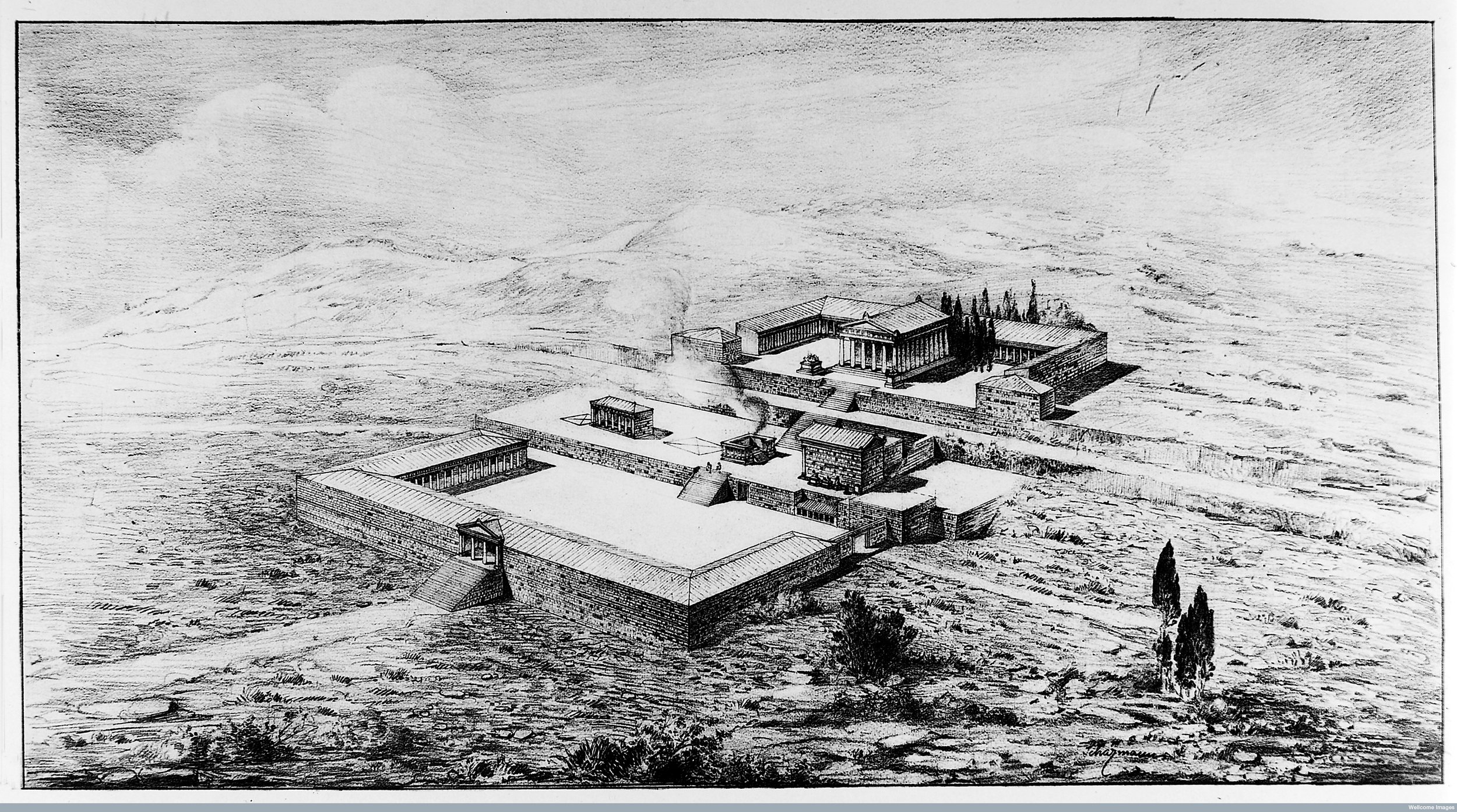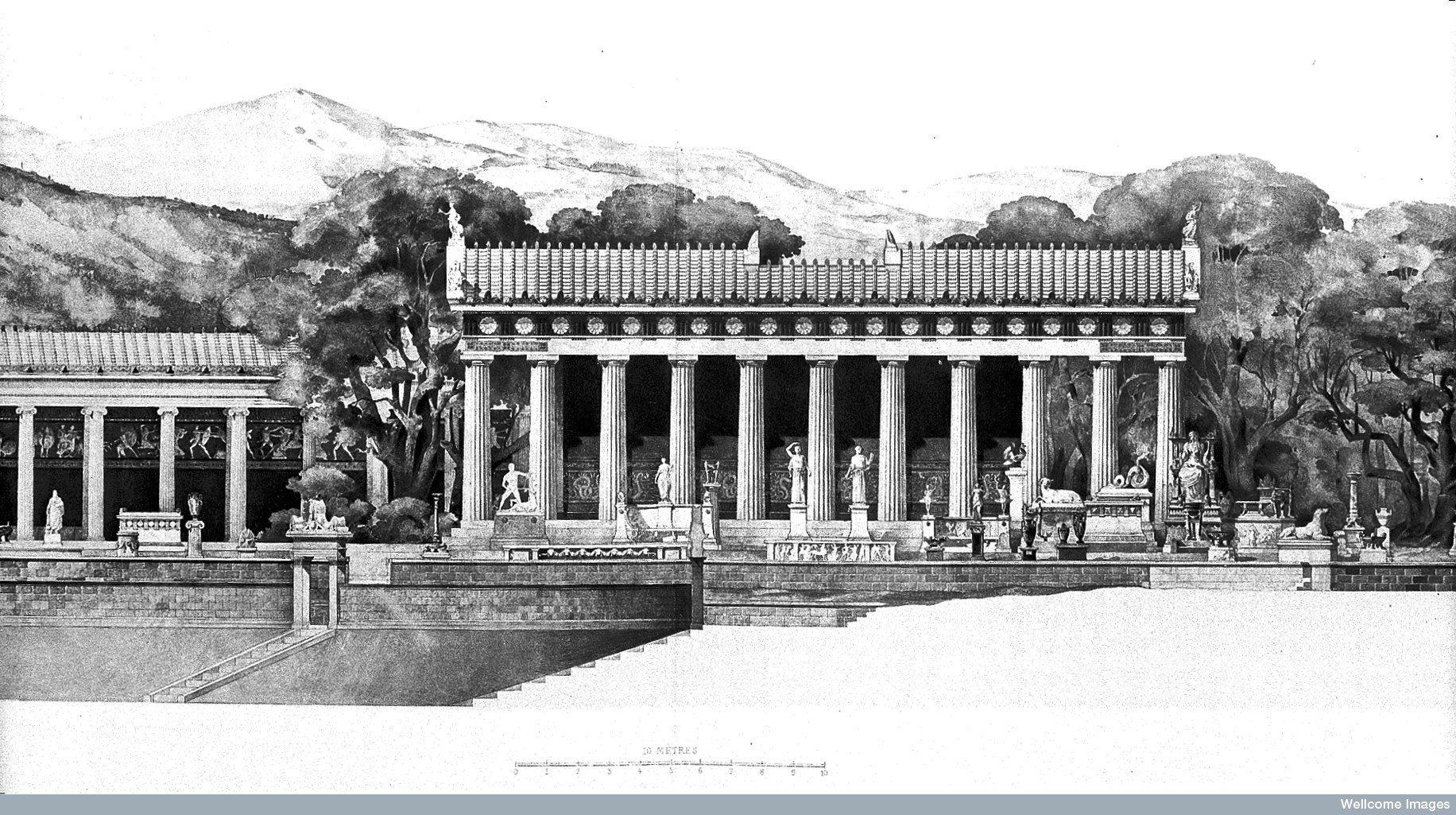Did you know that the principles of “Biophilic Design” have been around for a long time? We might not have called it that, but architects were using the concepts in their built environment. We speak with expert Dr Patty Baker on the ancient world places of healing, particularly the design of the Asklepeion which were buildings and spaces sacred to the god of healing, Asklepios. In this podcast you'll learn who Asklepios was and how his sanctuaries and places of healing were designed to help aid rest, recuperation and healing.
We speak about how the ancient Greeks and Romans had healing centres everywhere, how they brought the “outside” in, how nature played a big part in providing the positive and beautiful setting for these health centres.
If you fancy a Google, have a look at the Asklepios sanctuary at Epidaurus. As with all the Asklepeia (plural of Asklepeion), they are set in beautiful tranquil locations, sometimes there would be sounds of water as a trickling stream gurgles past, there would have been a garden where the trees, and scent of the flowers and herbs would have floated softly to the visitor of the sanctuary.
Part of the healing ritual was that you were required to take a bath and sleep in the healing space. Rest and sleep were deemed important part of the healing process, and the peace afforded by the location and design of the sanctuary would help this.
They felt that the whole body needed treating, inside and outside the body and also that our senses were key to all this. So it wan’t just what you heard, and could smell, the fresh air but also what you saw. These sanctuaries were surrounded by green and that “fresh” and healthy view was a key to healing. There was one school of thought which believed that everything we looked at, including colours, actually “entered” you, so it was important when you were healing that you saw only wholesome views (nothing sad, dirty, disturbing). Even then, they understood the importance of peaceful and beautiful nature views, even if they didn’t quite understand the cognitive processing back then.
There were water gardens, colonnades to walk along in the shade to shelter from the mediterranean sun, wall paintings, gardens and places to relax (interestingly we would call this zoning in Biophilic Design).
The simple, elegant and breathable design plus the embracing of nature in these spaces could be used as inspiration and maybe even templates in some aspects of our healthcare centres today, and maybe even our homes and schools. Wouldn’t it be amazing if we could have Biophilic Healthcare centres all over the world? The Maggie’s Cancer Care centres are examples that they really do work and can transform people’s experience into a positive one when dealing with healthcare issues (see our podcast with the CEO of Maggie’s on our series too: “Why Biophilic Design should be essential in Healthcare”, and is the reason I began this podcast series).
CONNECT - If you are interested in finding out more about health in the ancient world and also how nature played a big part in the Ancient Greek and Roman world, have a listen to our earlier podcast with Dr Patty Baker, Biophilic Design in the Ancient World on the Journal of Biophilic Design podcast series. AND be sure to check out Dr Baker’s website and connect with her at : www.paxinnature.com or Linkedin. Her YouTube series is excellent too.
p.s. we touched on the medieval Islamic period when Galen was writing in the 9th century AD and their garden designs, but we will revisit this in another podcast another day, so be sure to subscribe on here, our website and maybe also YouTube?
To scroll through our other podcasts, have a look here on our main podcast page.
Credits: with thanks to George Harvey Audio Production for the calming biophilic soundscape that backs all our podcasts.
Did you know our podcast is also on Audible, Amazon Music, Spotify, iTunes, YouTube, Stitcher, vurbl, podbay, podtail, and most if not all the RSS feeds?
Facebook https://www.facebook.com/journalofbiophilicdesign/
Twitter https://twitter.com/JofBiophilicDsn
LinkedIn. https://www.linkedin.com/company/journalofbiophilicdesign/
Instagram https://www.instagram.com/journalofbiophilicdesign

